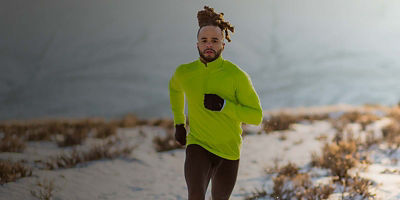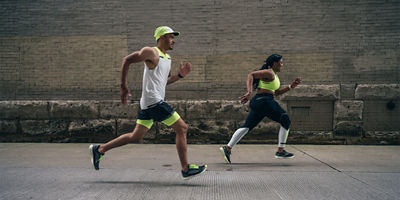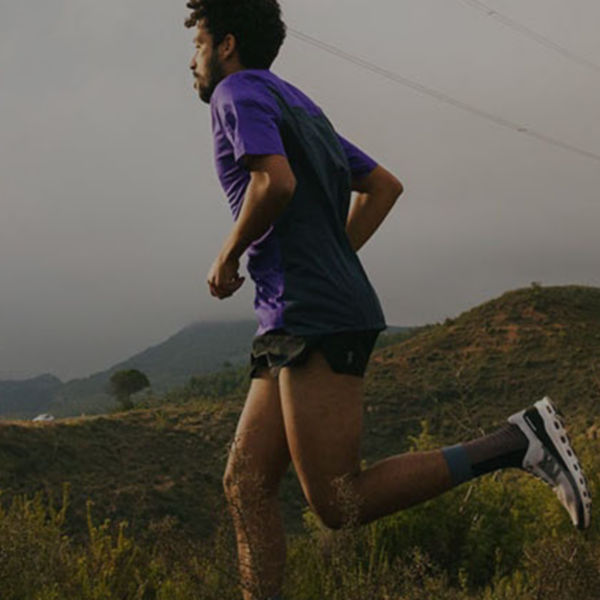
In chilly conditions, finding the right lid can make the difference between an enjoyable run and a downright miserable one. While a dedicated winter running hat might seem unnecessary, pulling on your favorite après-ski hat or football game beanie will leave you a sweaty mess, as they’re intended to trap heat to keep you warm when you’re not moving. For winter running, the key is to find a hat that provides warmth and protection while still allowing heat to escape from your head.
Fortunately, there are plenty of great winter running hat options, including some that aren’t hats at all. Here’s a guide to help you zero in on the right winter running hat for you.
Running Caps
Baseball-style caps can provide just enough warmth on cool to cold days, though they won’t be as warm as beanie-style hats. A benefit of running caps is that the bill shields your face from rain and snow. Wearing a cap on a rainy or snowy day can make a huge difference in comfort. The downside to a cap-style hat is that the bill can also act like a sail and blow right off your head in windy conditions. On blustery days, opt for a beanie.
Fit
Caps are usually adjustable via a snap-back or Velcro closure at the back of the hat. Unless they have ear flaps, caps generally do not cover the ears—something to keep in mind if you’re concerned about your ears getting cold.
Materials
Most winter-oriented caps utilize smooth polyester blends that wick moisture and dry quickly. They may also include polyester fleece for warmth and comfort. Some winter running caps are made with water-repellent fabrics like Gore-Tex, and others are treated with a waterproof or water-resistant finish. Keep in mind that these types of hats can be less breathable than non-weatherproof options.
Best For
Rain or snow, cool to cold conditions
Running Headbands & Earmuffs
Since heat escapes from the top of the head, runners who overheat easily often prefer a warming headband that leaves the top of the head bare. They cover the ears to keep them warm while also allowing plenty of heat to escape as you run.
Fit
Headbands are usually constructed with elastic or designed to stretch so that they wrap the head closely.
Materials
Headbands are generally made of polyester fleece (including wind-blocking fleece) or wool. These materials are great for retaining heat around your ears while still promoting breathability; they’ll also feel soft and comfortable against the skin. Some options might use polyester blends for increased durability or moisture wicking.
Best For
Those who overheat, cold conditions






















